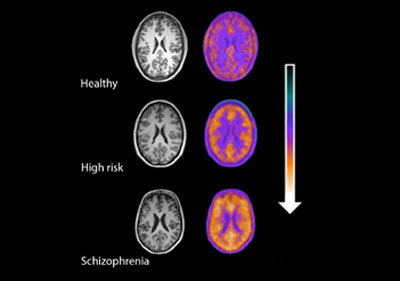Inflammation in the brain linked to risk of schizophrenia
Posted: 16 October 2015 | Victoria White
The research raises the possibility that testing of those most at risk of the disorder could allow them to be treated early enough to avoid the disorder’s most severe symptoms…


A study has shown that immune cells are more active in the brains of people at risk of schizophrenia as well as those already diagnosed with the disease.
The findings of the study, conducted by researchers at the Medical Research Council’s (MRC) Clinical Sciences Centre, could completely change our current understanding of schizophrenia, raising the possibility that testing people most at risk of the disorder ahead of time could allow them to be treated early enough to avoid its most severe symptoms.
Researchers used positron emission tomography (PET) scans to measure levels of activity of immune cells in the brain. These microglia respond to damage and infection in the brain, and are also responsible for rearranging the connections between brain cells so that they work as well as possible; a process known as pruning.
Microglia activity increased according to severity of symptoms
The team tested a group of 56 people including those already diagnosed with schizophrenia, those at risk of the disease and those with no symptoms or risk of the disorder. They found that activity levels of microglia in the brain increased according to the severity of symptoms in people with schizophrenia and that people with diagnosed schizophrenia had high levels of activity of these immune cells in their brain.
Dr Oliver Howes, head of the psychiatric imaging group at the MRC Clinical Sciences Centre, said, “Schizophrenia is a potentially devastating disorder and we desperately need new treatments to help sufferers, and ultimately to prevent it.
“This is a promising study as it suggests that inflammation may lead to schizophrenia and other psychotic disorders. We now aim to test whether anti-inflammatory treatments can target these. This could lead to new treatments or even prevention of the disorders altogether.”
Related organisations
Medical Research Council (MRC)



